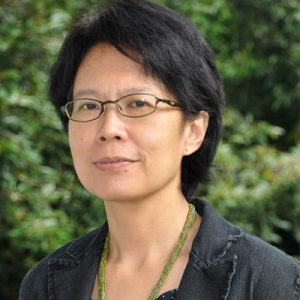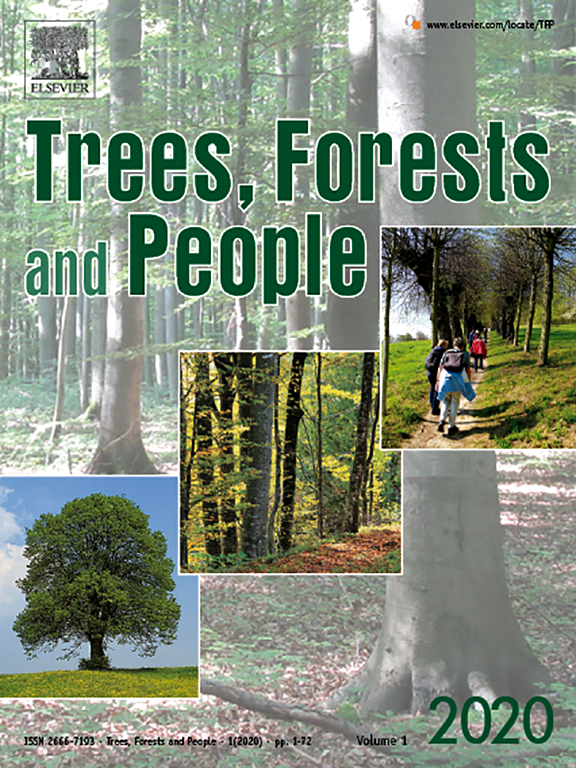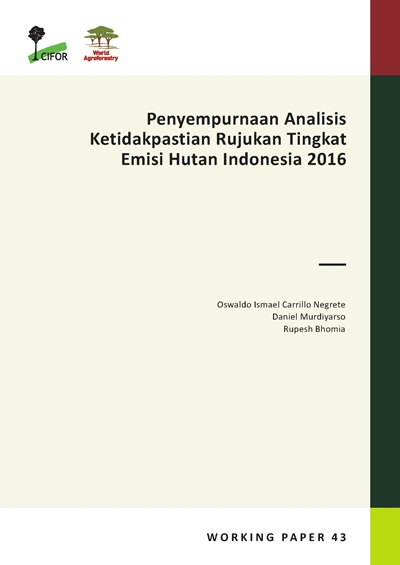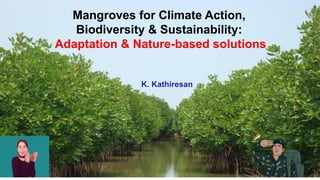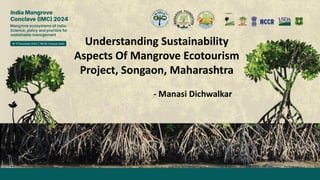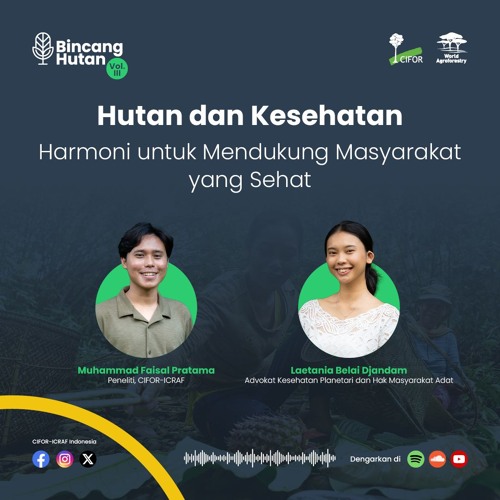Home to an enormous diversity of ecosystems, Asia has undergone a transformation in the last 50 years as economic growth lifted millions out of poverty. But rapid unsustainable development is threatening the region’s livelihoods and landscapes.
Through its long-term research on issues such as agroforestry policy, oil palm, peatland fires, REDD+, and land tenure, CIFOR-ICRAF is mapping pathways to a sustainable future in Asia by providing countries the analysis and tools needed to meet their climate and development goals.
REGIONAL FOCAL POINT
About our work in Asia
CIFOR-ICRAF works with governments, development agencies and farmers to demonstrate the power of trees in enabling more environmentally, socially and economically sustainable livelihoods. We also address the drivers of deforestation by examining how initiatives such as REDD+, tenure reform and private sector commitments can help prevent and reverse forest degradation.
Our work
CIFOR-ICRAF aims to enable the smallholders in Asia to improve their livelihoods and to enhance food, nutrition, fodder, fuel and small timber availability, while strengthening capacity among a wide range of stakeholders. Research topics include: agroforestry policy, sustainable and inclusive value chains, sustainable landscape management in partnership with the private sector, green growth, restoration of degraded lands including peatlands, bioenergy, wetlands and blue carbon, REDD+, tenure reform, promotion of social inclusiveness, integrated landscapes including trees outside forests and watershed management for low-emissions development, mountain agroforestry, shelterbelt systems in Central Asia, climate change adaptation through use of traditional ‘ecological calendars’ and development of other adaptation strategies, especially for sea level and temperature rise.


















